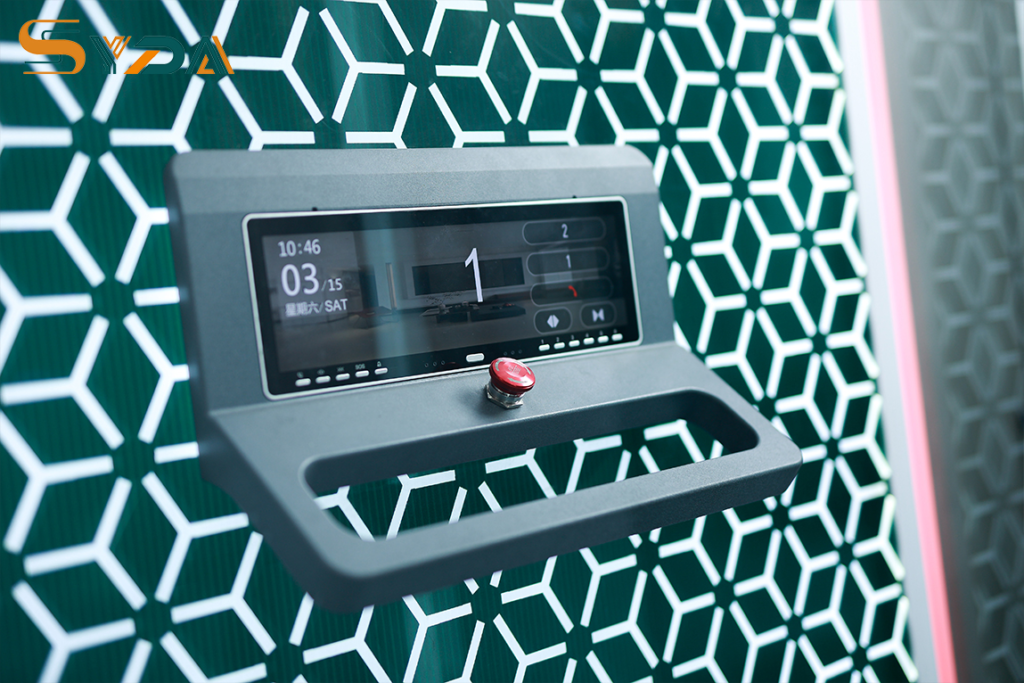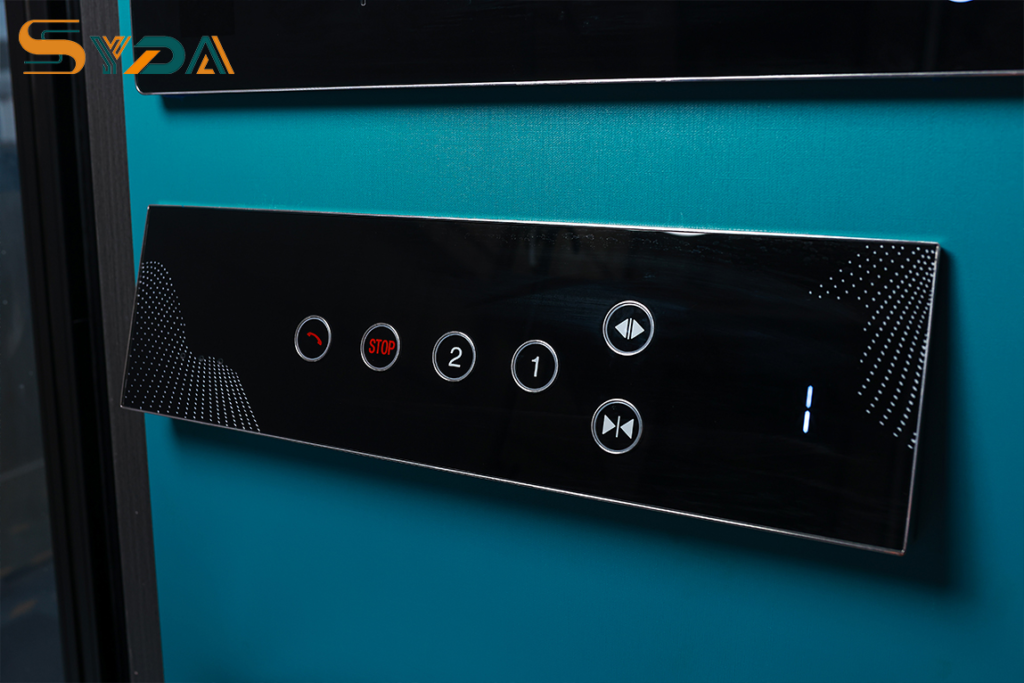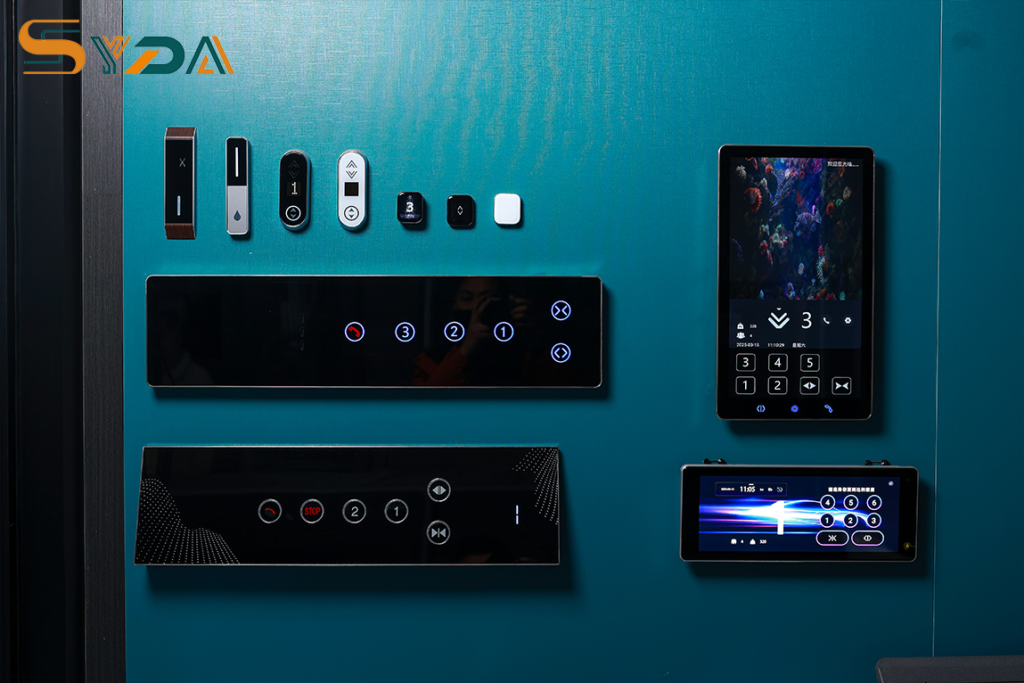Elevator buttons, as the critical interface of vertical transportation systems, are undergoing dual revolutions in technology and design globally. From mechanical switches to contactless solutions, this seemingly minor component reflects modern cities' pursuit of efficiency, safety, and inclusivity.
Technological Innovation: From Mechanics to Contactless Interaction
The evolution of elevator buttons showcases the integration of industrial design and digitalization. Traditional mechanical buttons, crafted from durable materials like stainless steel or polycarbonate, withstand high-frequency use in commercial buildings. For instance, Chinese manufacturers produce ISO-certified buttons tested for millions of presses, exporting to markets in the Americas, Europe, and Southeast Asia.
Post-pandemic, contactless technology has surged. Hitachi’s “Mobile Access”system allows users to select floors via smartphone QR codes, eliminating physical contact. Compatible with existing elevators, it features an “over-crowding prevention”algorithm to optimize passenger flow. Additionally, infrared sensors and voice control are gaining traction. High-end models now support gesture recognition or voice commands, enhancing accessibility for disabled users.

Design Challenges: Balancing Accessibility and User Experience
Despite advancements, elevator button design faces persistent hurdles. The Americans with Disabilities Act (ADA) mandates a minimum button diameter of 19mm, maximum height of 137cm, and Braille labels. Yet, poor lighting or low contrast often hinders visually impaired users. A Dallas architecture critic noted that some individuals resort to smartphone flashlights to operate buttons in dim environments, undermining efficiency and dignity.
Emerging “destination dispatch systems” reduce in-cabin buttons by preselecting floors externally. However, these systems may confuse elderly users and lack intuitive emergency protocols. Such contradictions highlight the need to balance automation with human-centric design.

Global Markets: Asia-Pacific Dominance and Green Transition
The Asia-Pacific region leads in both manufacturing and demand for elevator buttons. China’s “14th Five-Year Plan” spurred a 22% YoY increase in button orders in 2023, with domestic firms capturing 54% of the global market through cost-effective solutions (starting at 0.99/unit)cite[1]:cite[3].India’s₹1.65lakh(≈0.99/unit):cite[1]:cite[3].India’s₹1.65lakh(≈2000) budget models are expanding rapidly in Southeast Asia.
Sustainability is reshaping production. Bamboo-fiber composites and recycled plastics cut carbon footprints by 60%, while Hitachi’s energy-regeneration systems store micro-energy from button operations, aligning with the EU Green Deal.

Future Trends: Smart Integration and Inclusive Design
Next-decade innovations will focus on:
Omnichannel Smart Interaction: Biometric integration (e.g., fingerprint or facial recognition) and personalized settings for automatic floor selection;
Enhanced Inclusivity: Dynamic backlighting, tactile feedback (e.g., vibrations), and multilingual voice guidance to serve aging, visually impaired, and multicultural users.
As technology meets empathy, elevator buttons transcend functional tools, becoming microcosms of societal inclusivity.





